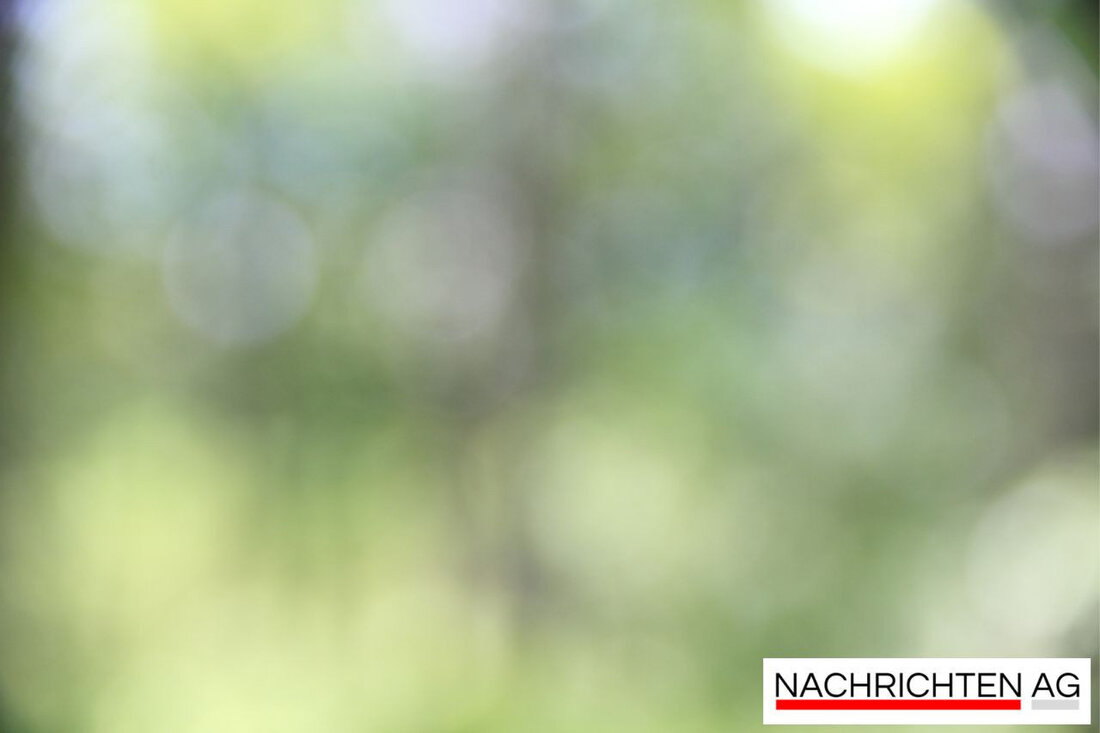Hunsrück-Hochwald National Park: Experience the anniversary with festivities!
Celebrate the tenth anniversary of the Hunsrück-Hochwald National Park in Nonnweiler with a variety of events and nature experiences.

Hunsrück-Hochwald National Park: Experience the anniversary with festivities!
On June 3, 2025, the Hunsrück-Hochwald National Park will celebrate its tenth anniversary. The core task of the national park is to preserve and promote natural ecosystems and biodiversity. At least 75 percent of the park's area is subject to process protection that will last until 2045. These measures are intended to help preserve and further develop the region's biological values. The celebrations will take place at the national park gates at Erbeskopf and in the Celtic Park Otzenhausen, where numerous events are planned to inform visitors about the importance of the park and to get them excited about nature.
The national park's official website, which is operated in collaboration with the BfN funding project "Leaving wild animal carcasses in the landscape", also offers valuable information on the park's various species and landscapes. Those interested have the opportunity to filter and search specifically by topic in order to find out more about the unique natural phenomena of the area. Suggestions and questions can be addressed directly to Hunsrück-Hochwald National Park.
Biodiversity in the national park
The Hunsrück-Hochwald National Park is home to numerous rare and endangered species. These include, among others, the Arctic emerald dragonfly (Somatochlora arctica). Another notable example is arnica (Arnica montana), a healing plant that colonizes acidic, poor grasslands. These special habitats contribute to high biodiversity and are protective zones for many endangered species.
The striking plant communities in the national park include the Bärwurz meadows. These dry grasslands have a balanced species composition, which secures the habitat for many animals. An example of this is the tree pipit (Anthus trivialis), which, despite its inconspicuous plumage, attracts attention with its striking song. The wildlife in the national park also includes the mountain newt (Ichthyosaura alpestris), which can be found in water-rich low mountain forests.
Threats to biodiversity
However, the national park also faces challenges. The bark beetle (Scolytinae) has established itself as a significant pest in forestry, with potentially negative impacts on tree species diversity. The beech (Fagus sylvatica) and spruce (Picea), which are central elements of the forest, are at risk from these pests. Spruce trees can be up to 600 years old and up to 50 meters high.
In addition, the fire salamander, which grows between 14 and 20 cm tall, occurs in moist mixed deciduous forests and is dependent on intact habitats. The landscape of the national park is characterized by many such fascinating species, which impressively show visitors how important it is to protect and promote this nature. The Hunsrück-Hochwald National Park is not only a place to relax, but also a habitat for many endangered species - one more reason to celebrate its 10th anniversary.

 Suche
Suche
 Mein Konto
Mein Konto